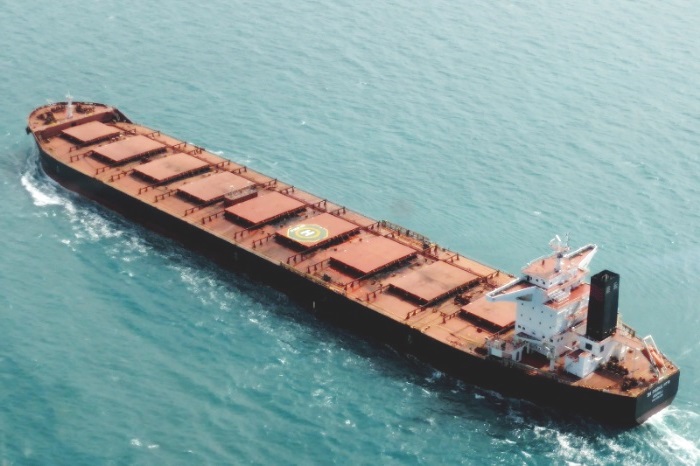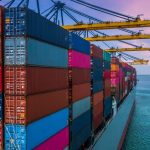Mitsui O.S.K. Lines, Ltd. and its group company MOL Dry bulk Ltd. yesterday announced their intent to install wind propulsion systems including Wind Challenger on a total of seven new building bulk carriers and multi-purpose vessels, which will be operated by MOL Dry bulk. MOL has measured the performance of the Wind Challenger on a vessel Shofu Maru continuously on actual voyages and confirmed that the Wind Challenger sail reduced daily fuel consumption by up to 17%*.
The fuel saving and GHG reduction effect of the Wind Challenger depends on various conditions such as the type of vessel and the shipping route.
MOL Group will have a total of 9 Wind Challenger-equipped vessels, bringing the total number of vessels equipped with wind propulsion systems to 11.
Among the 7 vessels to be equipped with wind propulsion systems, 6 new bulk carriers will each be equipped with 1 Wind Challenger Construction contracts have already been signed with Oshima Shipbuilding Co., Ltd. (President: Eichi Hiraga; Head Office: Saikai-shi, Nagasaki Prefecture) for 3 of the 6 vessels, and preparations are under way for construction contracts for the remaining three vessels.
In addition, MOL Dry bulk has decided to install 2 Ventfoils, a foldable and autonomous unit for wind-assisted ship propulsion, manufactured by EconoWind B.V. (headquartered in the Netherlands), on one of its new multipurpose vessels slated for delivery 2025 and operation under a time charter.
MOL has established the “MOL Group Environmental Vision 2.2” and has set the target of achieving net zero Greenhouse Gas (GHG) emissions by 2050. One of the key strategies to achieve this target includes the “Introduction of clean energy, further energy-saving technologies,” and the group plans to launch 25 vessels equipped with the Wind Challenger by 2030 and 80 vessels by 2035.
MOL Group will contribute not only to the reduction of GHG emissions from its own group, but also to the reduction and decarbonization of society as a whole through the safe management and efficient operation of its environmentally friendly fleet that combines wind propulsion technology, such as the Wind Challenger.
The Wind Challenger is a device developed by MOL and Oshima Shipbuilding, which converts wind energy to propulsive force using telescoping hard sails.
For these six vessels to be installed the Wind Challenger, each vessel is expected to reduce fuel consumption and GHG emissions by an average of about 7-16% per year by installing 1 sail. We are also considering installing the Rotorsail, a wind propulsion system manufactured by Anemoi Marine Technologies (headquartered in the UK) on some of these vessels. The combined use of both technologies is expected to reduce fuel and GHG emissions by an average of about 15-28% per year.
*The Rotor Sail is propelled by the wind blowing into the rotating cylinder-shaped rotor, which creates a pressure differential around the rotor. Since this thrust is generated at right angles to the wind direction, winds from other than the direction of the vessel can always be utilized to propel the vessel by changing the direction of the rotor’s rotation.
Source: Hellenic Shipping News





